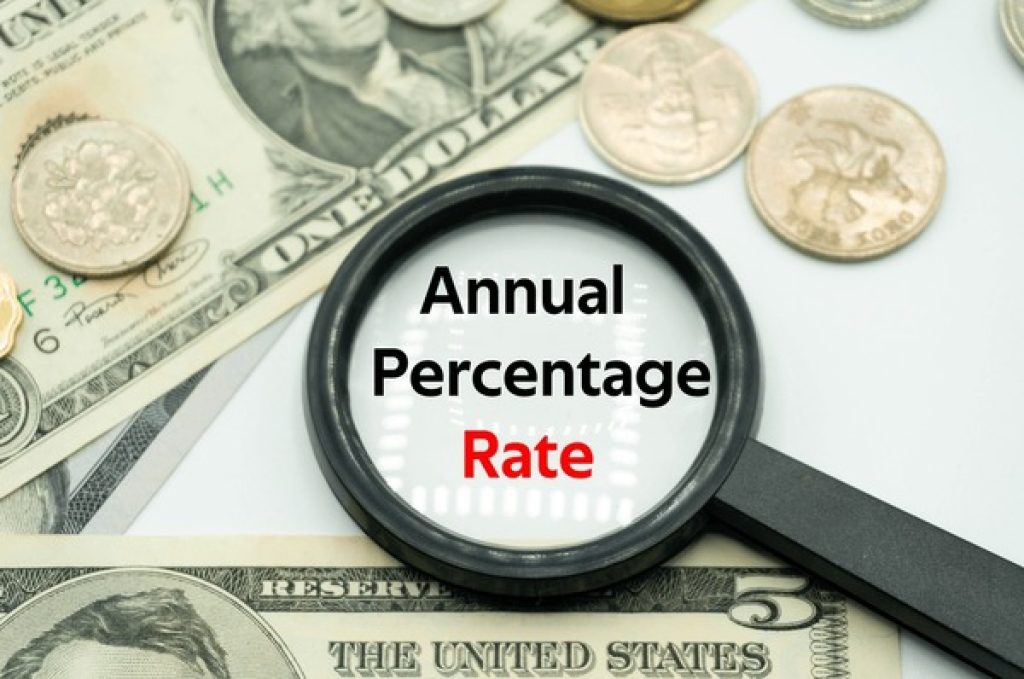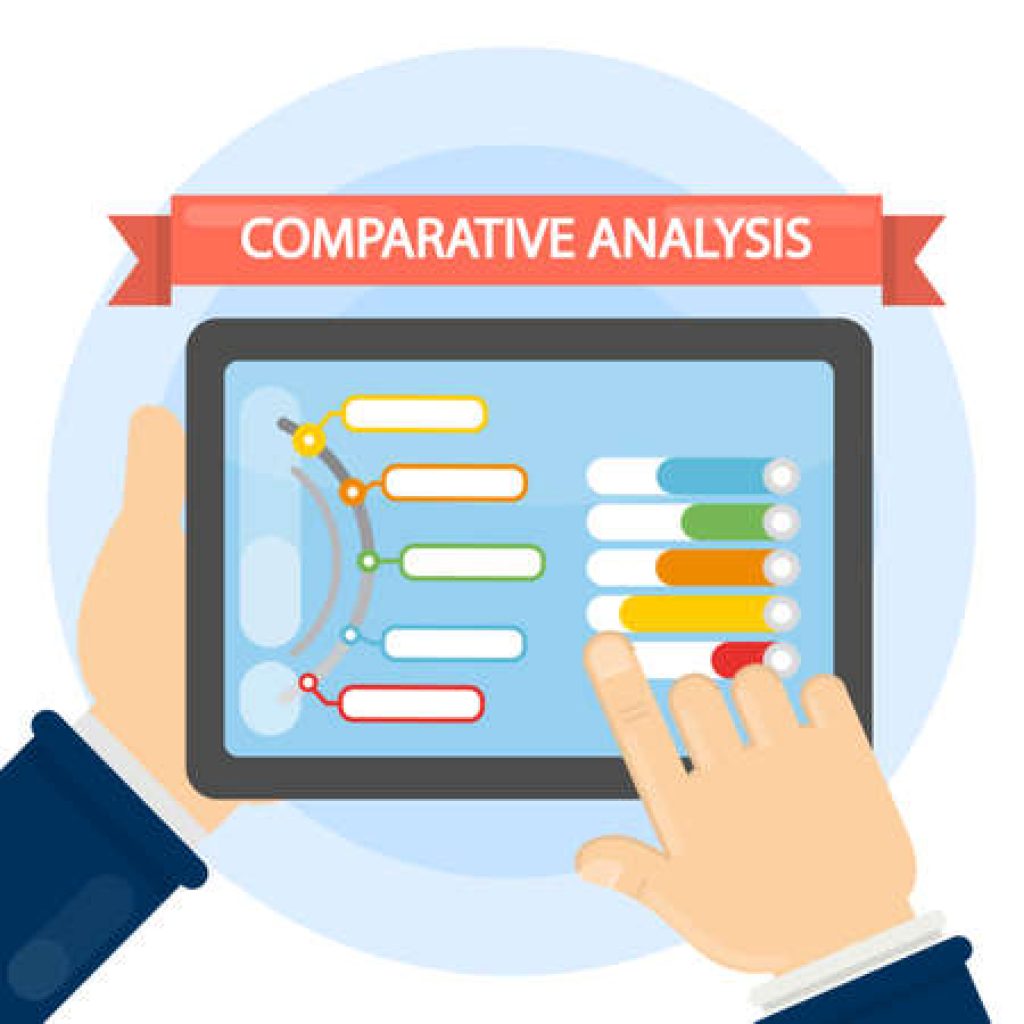Understanding APR: A Comprehensive Guide
In the realm of financial transactions, APR, or Annual Percentage Rate, plays a pivotal role in determining the actual cost of borrowing. We delve into the intricacies of APR to provide you with a clear understanding of its significance.
What is APR?
APR represents the total cost of borrowing on an annual basis, expressed as a percentage. It encompasses not only the nominal interest rate but also any additional fees or costs associated with the loan. Understanding APR is crucial when comparing financial products, as it offers a holistic view of the overall expense.

The Components of APR
1. Nominal Interest Rate
At its core, the nominal interest rate is the percentage of interest charged on the borrowed amount. It forms the foundation of APR but doesn’t reveal the complete financial picture.

2. Additional Fees and Charges
Beyond the nominal interest rate, APR encapsulates any supplementary fees attached to the loan, such as origination fees or processing charges. These can significantly impact the total cost of borrowing.

Calculating APR
To calculate APR, a standardized formula is employed, taking into account the nominal interest rate and all associated fees. This formula ensures a uniform metric for comparing different financial products.
[APR = \frac{{\text{{Total Interest Paid}} + \text{{Additional Fees}}}}{{\text{{Loan Amount}}}} \times \frac{{\text{{Number of Days in a Year}}}}{{\text{{Number of Days in the Loan Term}}}} \times 100]
Why APR Matters
Understanding APR is vital for making informed financial decisions. A seemingly low nominal interest rate can be deceiving if accompanied by high fees, leading to a higher APR and, consequently, a more expensive loan.
Tips for APR Management
1. Comparative Analysis
When evaluating loan options, always compare APRs rather than solely focusing on nominal interest rates. This ensures a comprehensive assessment of the actual cost.

2. Hidden Costs Awareness
Be vigilant about hidden costs. Lenders might impose charges that are not immediately apparent, contributing to an elevated APR.

APR vs. Interest Rate
It’s crucial to differentiate between APR and the nominal interest rate. While the latter only considers interest, APR encompasses the broader financial landscape, offering a more accurate reflection of the loan’s true cost.

Conclusion
In the financial landscape, knowledge is power. Understanding APR empowers you to make sound decisions when navigating the borrowing terrain. By considering the holistic picture painted by APR, you can confidently choose financial products aligned with your fiscal goals.
[Important Note: The information provided here is for educational purposes only and does not constitute financial advice. It is recommended to consult with a financial advisor before making any significant financial decisions.]






